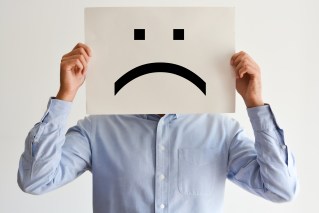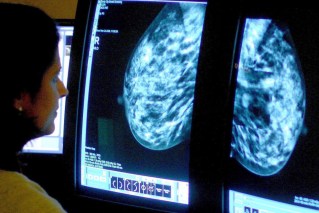Women can exercise less often than men, and get better results


Women can exercise less often than men, yet receive greater cardiovascular gains. Video: Getty
A common and reasonable complaint from women is they don’t have the same amount of time as men for exercise. What with the cooking, cleaning, child-rearing … and that full-time job.
Now and then, biology can compensate for some of life’s unfairness.
As seems to be the case with a fascinating new study from the Smidt Heart Institute at Cedars-Sinai, Los Angeles.
Firstly, yes: there is a gender gap when it comes to women, men and exercise. Bottomline surprise: women come out on top.
Because the findings show that women can exercise less often than men, yet receive greater cardiovascular gains.
Dr Martha Gulati is director of Preventive Cardiology in the Department of Cardiology in the Smidt Heart Institute at Cedars-Sinai, and co-lead author of the study. In a prepared statement, she said:
“Women have historically and statistically lagged behind men in engaging in meaningful exercise.
“The beauty of this study is learning that women can get more out of each minute of moderate to vigorous activity than men do. It’s an incentivizing notion that we hope women will take to heart.”
The new study
Investigators analysed survey data on leisure-time physical activity from 412,413 American adults. They examined gender-specific outcomes in relation to frequency, duration, intensity and type of physical activity.
The data was drawn from 1997 to 2019 – with 55 per cent of participants being female
The first finding was no surprise: for all adults engaging in any regular physical activity, compared to being inactive, mortality risk was expectedly lower.
However, intriguingly, mortality risk was reduced by 24 per cent in women and 15 per cent in men.
Where the difference lies
When male participants engaged in moderate to vigorous aerobic physical activity, such as brisk walking or cycling, they “reached their maximal survival benefit from doing this level of exercise for about five hours per week”.
That is, it took men five hours of moderate to vigorous exercise per week, to get the most benefit of reduced mortality.
Women, though, “achieved the same degree of survival benefit from exercising just under about two and a half hours a week”.
That’s about half the time that men need to out in to cut premature death risk with exercise.
Similarly, when it came to muscle-strengthening activity, such as weightlifting or core body exercises, “men reached their peak benefit from doing three sessions per week and women gained the same amount of benefit from about one session per week”.
It gets even better for women
The researchers say that women “even greater gains if they engaged in more than two and a half hours per week of moderate to vigorous aerobic activity, or in two or more sessions per week of muscle-strengthening activities”.
Dr Gulati said:
“Men get a maximal survival benefit when performing 300 minutes of moderate to vigorous activity per week, whereas women get the same benefit from 140 minutes per week.
“Nonetheless, women continue to get further benefit for up to 300 minutes a week.”
Dr Christine M. Albert, chair of the Department of Cardiology in the Smidt Heart Institute, said that “concrete, novel studies like this don’t happen often”.
Dr Albert said she was “hopeful that this pioneering research will motivate women who are not currently engaged in regular physical activity to understand that they are in a position to gain tremendous benefit for each increment of regular exercise they are able to invest in their longer-term health”.
In other words, you may not need as much time as you thought to get fit, and significantly reduce your of dying from a heart attack. And overall, enjoy more benefits from exercise than men.








